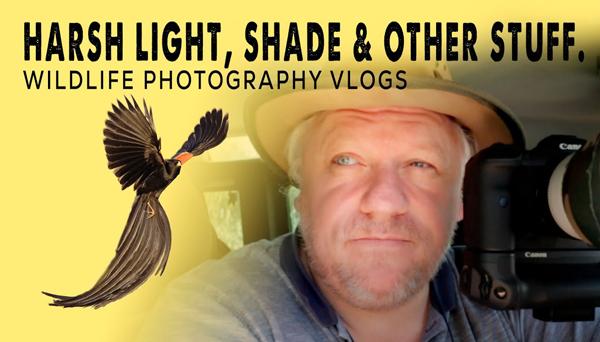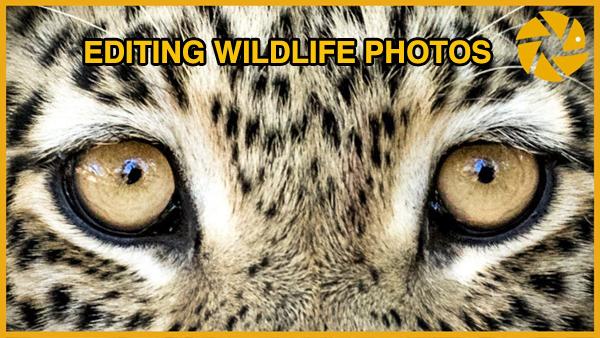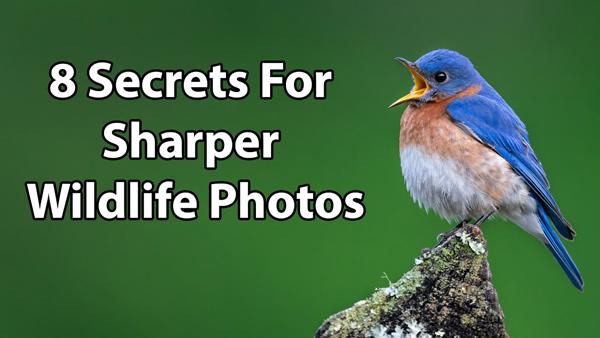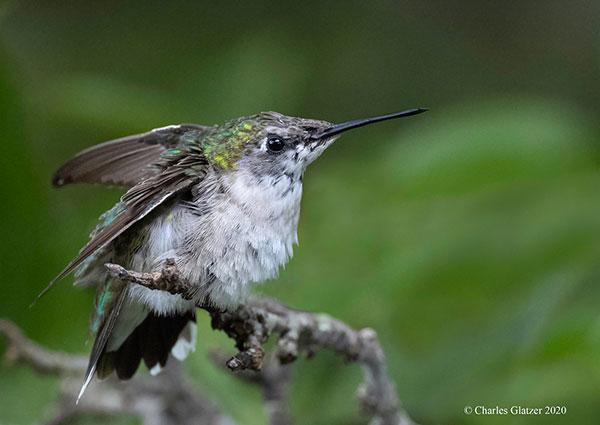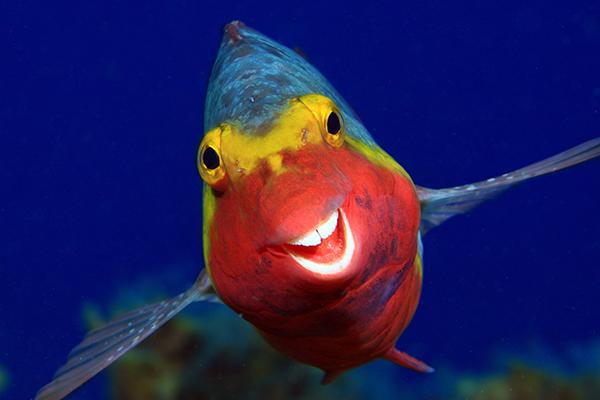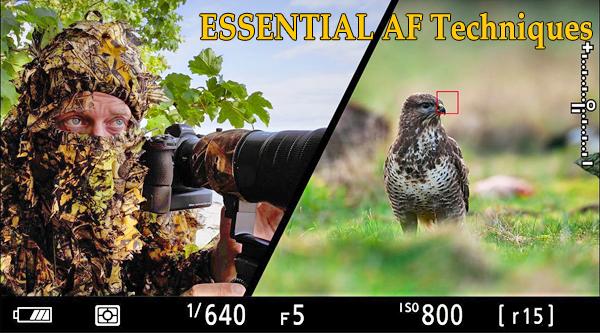|
Feb 18, 2021
|
Feb 17, 2021
|
Feb 03, 2021
|
Jan 27, 2021
|
Jan 20, 2021
|
Nov 12, 2020
|
Nov 10, 2020
|
Oct 27, 2020
|
Oct 27, 2020
|
Oct 26, 2020
|
Sep 11, 2020
|
Sep 09, 2020
